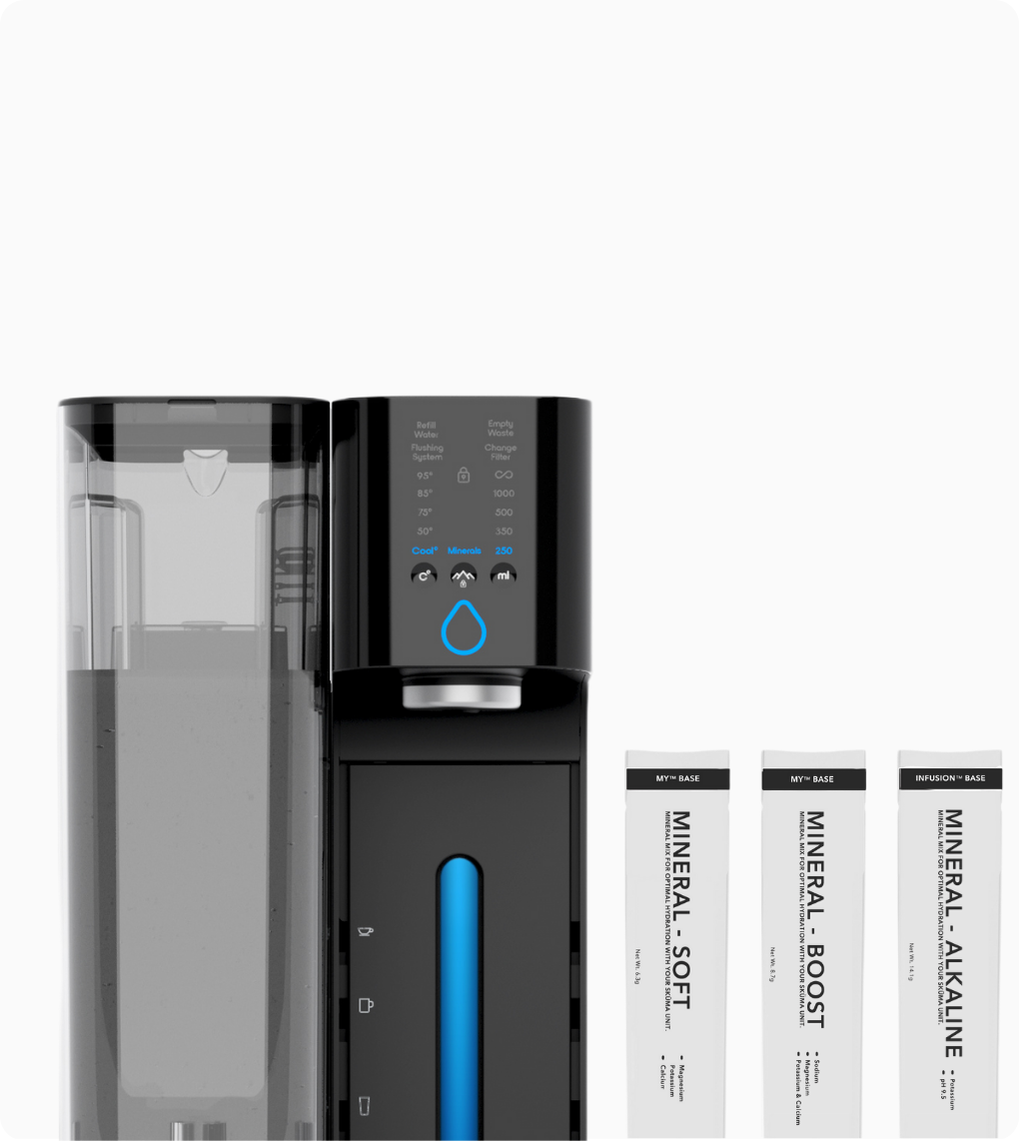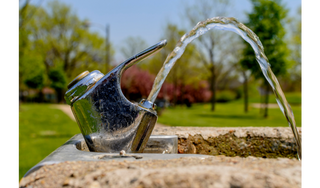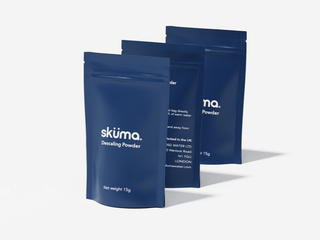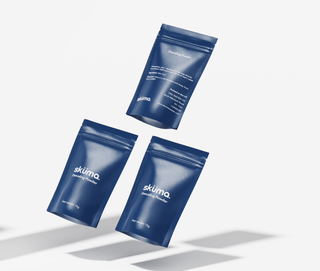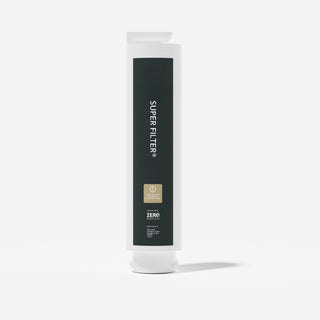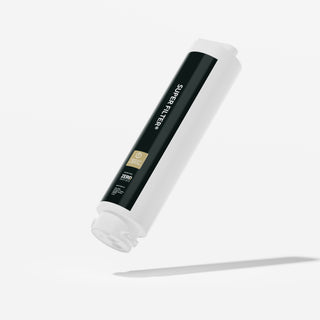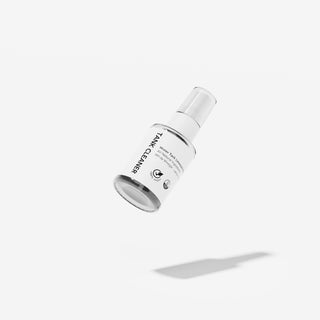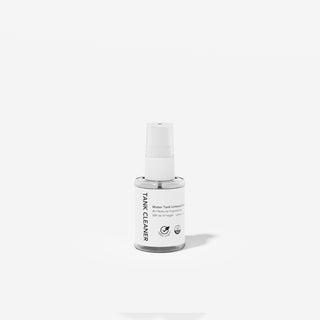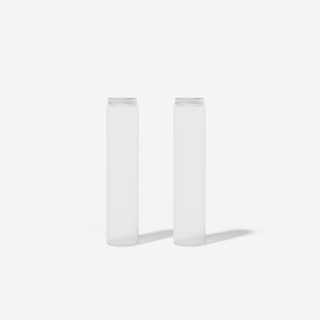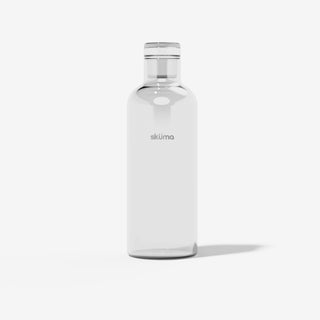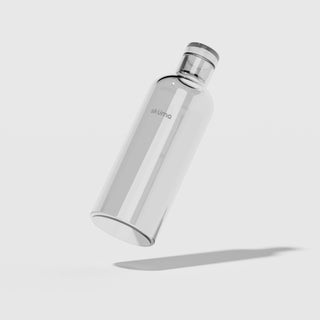The trick is simply to analyze the data provided by Thames Water.
The data provided indicates that out of the 11 metrics tested for 10 had safe levels and 1 metric remains unknown.
Making the tap water in London generally safe to consume.

The data we analyze in this article is taken directly from Thames Water Utility Limited. For those not familiar with Thames Water, it is the “monopoly private utility company responsible for the public water supply and wastewater treatment in large parts of Greater London, Luton, the Thames Valley, Surrey, Gloucestershire, Wiltshire, Kent, and some other areas of the United Kingdom”. We have taken the data provided by 4 samples taken in different areas of London:
-
East London - E1W 3HN
-
West London - SW1V 2EE
-
North London - N1 9AG
-
South London - SE17 2NA
Is the Total Dissolved Solids (TDS) amount safe?

The TDS level of water refers to the Total Dissolved Solids present in the water. These solids can range from trace minerals such as Calcium, magnesium and potassium to heavy metals such as copper or mercury. The TDS level is commonly considered as an indication of London water hardness. The higher the TDS value is, the harder tap water is in London. The WHO prescribes that the water is excellent if less than 300 mg/litre; good, between 300 and 600 mg/litre; fair, between 600 and 900 mg/litre; poor, between 900 and 1200 mg/litre; bad and unacceptable, greater than 1200 mg/litre.
The TDS levels were measured by Thames Water and their values fluctuated between 270 and 277 ppm. We were pretty sceptical of these values given the measurement we had taken while working on the development of the Sküma device. While collecting samples to check the TDS value for the 4 locations, we noticed that the theoretical values offered by Thames Water are simply not realistic. Out of 40 samples collected in the 4 different locations we get an average of 316 TDS. The breakdown is offered below:
-
North London: 320
-
West London: 280
-
South London: 350
-
East London: 315
Is the pH safe?

If you are not familiar with the term, the pH value of water shows how acidic or alkaline the water is. The WHO states that the water should at all times have a pH in between 6.5 to 8.5 maximum. These figures are still debated to this day especially given the new rise in popularity of alkaline water pushing the boundary up to 9 for the pH.
Out of a total of 36 samples collected the average value was 7.6 with no values outside the regulatory limits.
-
North London: 7.7
-
West London: 7.7
-
South London: 7.6
-
East London: 7.7
Is the bacteria count safe?

Bacteria are very common in drinking or tap water. These microorganisms can find their way from contaminated ground source reserves or mold from your building’s piping. The most common types are Clostridium perfringens, Coliform bacteria, E. coli, and Enterococci. Understandingly the regulatory limit of these bacteria is 0 per 100mL according to the WHO guidelines. Out of a total of 403 samples collected, no trace of any of these bacteria was found.
-
North London: 0 #/mL
-
West London: 0 #/mL
-
South London: 0 #/mL
-
East London: 0 #/mL
What about the rest? (Additional tests)

Chlorine
Limit: 4mg/L
Value found: 0.98 mg/L
Comment: Excessive levels of chlorine in water can lead to severe health complications in extreme cases. These complications include vomiting, coma or even death in these extreme cases.
Lead
Limit: 15 micrograms/L
Value found: 2 micrograms/L
Comment: Lead poisoning is a fear for many. While lead poisoning is not as common as the media often portrays, the most recent case was the contamination experienced in Montreal, Canada in 2019. Lead poisoning in known to cause Cardiovascular effects, increased blood pressure and incidence of hypertension. Decreased kidney function.
Fluoride
Limit: 1 mg/L
Value found: 0.15 mg/L
Comment: Fluoride is a compound that is generally desired in water for its numerous health benefits. However, if the concentration levels are higher that 1 mg/L it is reported to cause molting of teeth, lesion of endocrine glands, thyroid, liver and other organs.
Mercury
Limit: 1 micrograms/L
Value found: 0.07 micrograms/L
Comment: The EPA has not discovered sufficient evidence to state whether mercury in drinking water has the potential to cause cancer over a lifetime. High levels can damage the brain, kidneys, and developing foetus.
Arsenic
Limit: 10 micrograms/L
Value found: 1.2 micrograms/L
Comment: The WHO sets the limit of arsenic in the water to 10 micrograms/L and concentrations higher than that are known to lead to complications: include stomach pain, vomiting, diarrhoea, and impaired nerve function, which may result in 'pins and needles' sensation or numbness and burning in hands and feet.
Volatile Organic Compounds (VOCs)
Limit: 0.1 mg/L
Value found: 0.022 mg/L
Comment: The EPA does not regulate every potential constituent of VOC compounds. One common constituent, benzene which is has been tested by Thames Water. Volatile Organic Compounds have been an issue that affect us now more than ever primarily due to the pesticides involved in commercial farming.
Nitrate
Limit: 50 mg/L
Value found: 40.7 mg/L
Comment: Only recently has scientific evidence emerged to assess the health impacts of drinking water with high nitrate on adults. A growing body of literature indicates potential associations between nitrate/nitrite exposure and other health effects such as increased heart rate, nausea, headaches, and abdominal cramps.
Is the virus count safe?
Virus in water is a very common cause of sickness and infection. It seems that Thames Water does not do any biological viral testing in their report. This metric is pretty important and it might be a good idea to have some independent laboratory test the samples and come up with values we could use in our research.
Find out who supplier your tap water.
Conclusion
The only way of knowing if water is safe in a particular place is to look at the data available. And so we have taken the data provided by Thames Water. In our case we have taken certain metrics to decide if the water is safe, seen below:
-
Total Dissolved Solids amount
-
pH Value
-
Bacteria Count
-
Additional elements (lead, mercury etc.)
-
Virus count
The data provided seems to indicate that all these metrics are present in safe quantities in London. The only metric that is not analyzed is the virus count. The reason for the lack of data is not provided on the Thames Water website or anywhere else. Further testing could be done to determine if there is an actual risk of viral infection.
Being in the middle of a global pandemic with Covid 19, do you fear viral water contamination?


